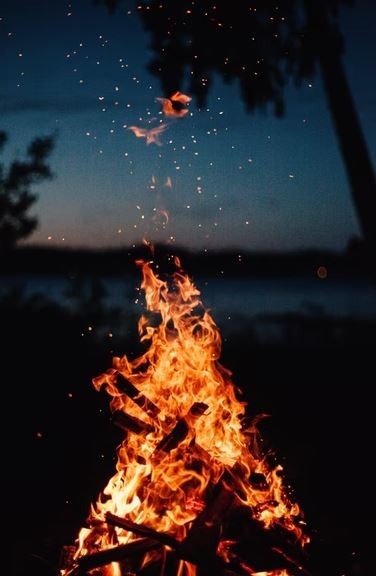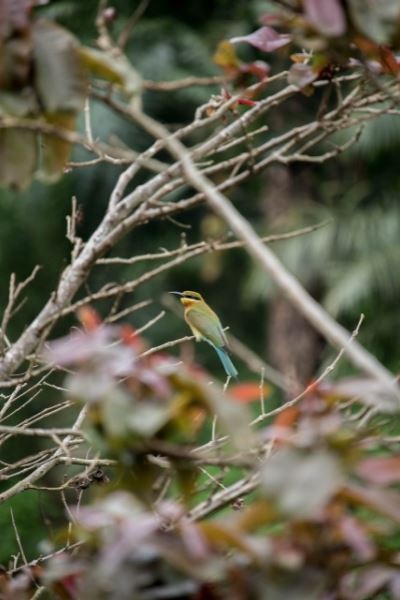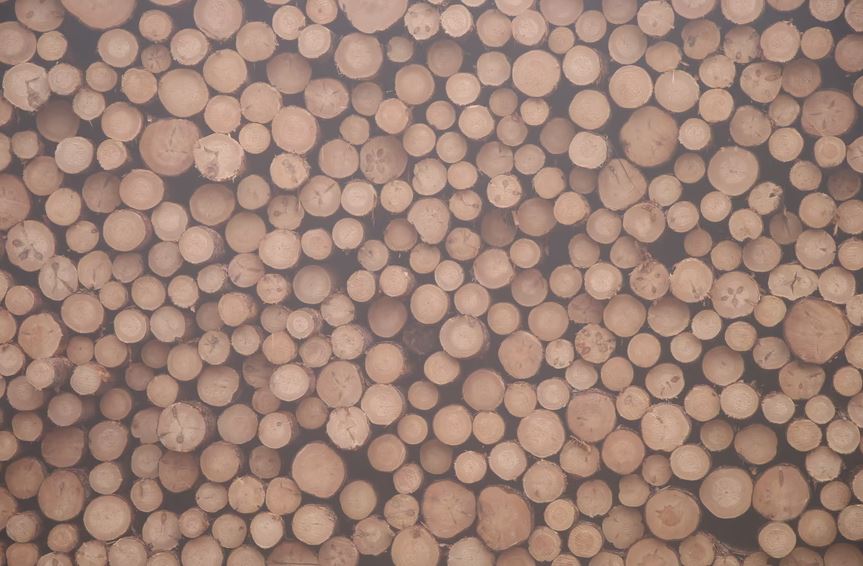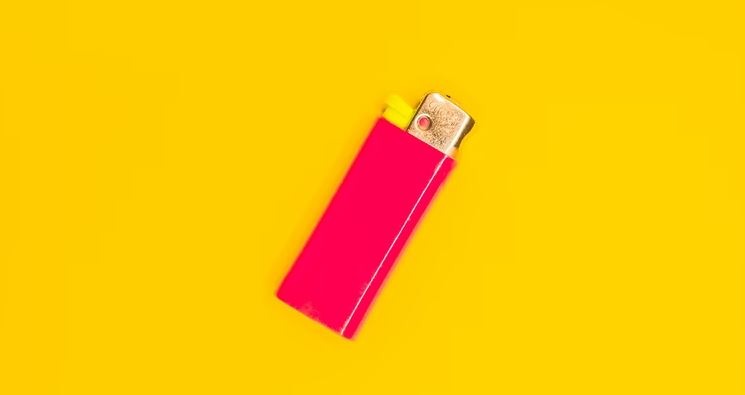Going in camping is incomplete without a campfire wherein you could melt a marshmallow, heat the meals, avoid bugs, and a place to gather around with your friends. It must be an essential and iconic thing ever since camping emerged, and almost everyone has an idea of how it looks. For those who haven’t experienced it yet, a campfire is best at the beach, mountain parks, and different campsites. Camping can also be enjoyed whether you’re alone or has companies to join. Like what biologist E.O. Wilson wrote in The Social Conquest of Earth, “Campsites are in essence nests made by human beings.” To further know the topic, here are the things related to the campfire.
What is Campfire?
Fire is a result of igniting heat and fuel (solid, liquid, or gas) that can blow up with oxygen. This process is called combustion, and the heat would let the fire keep ongoing. Regarding the types, the blue one is complete combustion and has no smoke. Meanwhile, the one that has yellow and orange color is incomplete combustion and definitely has a smoke.
Concerning the campfire in the history of human civilization, it has been a meaningful activity. It is believed that before any innovations, the fire was one of the first discoveries of humans. It has become essential since ancestral age in terms of surviving physically and psychologically. Campfire can be a source of labor and protection, or even strong bonds through singing, dancing, and sharing a slice of life. In some cultures, it is part of their rituals like worshipping. Zoroastrianism, an Iranian religion wherein fire is being honored by the Parsis or modern Zoroastrians.
Today, it is a must-have in every camping experience. It gives a cozy ambiance that makes every camper feel free and afar from the stressors. Either man to man, or man to nature, it creates an inexplicable bond that makes them want to engross the moment of solemnity.
Campfire Materials
Camping as a hobby is not that easy because it also takes some effort. Before hopping to the campsite, don’t forget to consider the materials you will need aside from the primary camping packs. In order to have the materials, secure first the following items then you’re good to go.
Kindling
These are the small twigs or branches but are different from the firewood. It has to be slim because it will start the combustion. If the twigs are too thick, they will not ignite the burning. You may find it weird to bring some, but most campsites have trees, so you can grab some around the area. Just be careful with the bugs.
Tinder
Simply says, it is also a combustible material that has the same purpose as kindling. Tinder can be strips of cardboard, sheets of paper, wood chips, pine needles, dry leaves, and sticks.
Firewood
If you are a heavy camper, you might fancy firewoods because they can give good consistency of flames. The most important is that it must be dry because it will be the fuel. The variance is Beech, Oak, Maple, Birch, Walnut, and Pine.
Lighters
There are different lighter in every store, and it is widely available. Another pocket-friendly one is the Matches. Just make sure to make them dry before using.
Getting the Campfire Started
Apart from the specific materials that are essentials, learning how to start a campfire is also a must. Especially beginners and on a solo trip, do research first to avoid unwanted incidents like harming the area, people around, or even yourself. There are a lot of campfire safety rules that everyone can read on the internet or directly in the campsite itself.
- Find a Safe Area. If you’re planning to build a campfire, which is undeniably a must, it’s wiser enough to arrive early in the spot so you can find a perfect area. Avoid the bushes as well to prevent fire scattering.
- Building Campfire. Place the Firewoods on the firepit depending on your preferred style, may it be Cone, Log Cabin, or Pyramid, which will be explained further below. Don’t forget to add the tinder to ignite the fire.
- Flaming. Inflaming the campfire, use a lighter, and any will do. Lit the kindling or tinder and then put it in the bottom part of the firewoods. Genuinely blow the bottom to give oxygen so that the fire will grow bigger.
- Extinguish. If the campfire is already done, extinguish it with a bucket of water. Usually, you can consult the regulators of the spot beforehand because they certainly know what to do. The water pouring on the firepit must be well done and assured to leave no ember. After it, clean the area before leaving.
What Are the Types of Campfire
As mentioned earlier, there are different types of campfires. Basically, the structure of fire depends on how it was constructed. With that, here are the campfires that you can choose and learn before going into it.
- Teepee. It is a cone-shaped structure that allows more oxygen to flow in. To make it, compose a pile of tinder as the baseline and just make the right amount. By creating the cone, lean the kindling upward to each other, and you can push the pieces in the soil with a little bit of pressure. Lit the kindling and blew gently. It is a fast, fire-consuming structure, but you can add some firewood to keep it going. Two logs are actually enough.
- Log Cabin. Put two thick firewoods in a parallel position, downright. Then put another two pieces of wood on top and, this time, in a perpendicular position. It should look like a hashtag. Continue stacking until the preferred height of it but do not forget to leave a space in the middle. To start the fire, lit the kindlings in the center of the structure. No hassle in adding up logs because its fire is much slow-consuming.
- Platform (Up-side Down Pyramid). At the first look, it’s almost similar to the log cabin. But the difference is that it is closer and has a tighter center. Another thing is that the kindling is being lit and placed on the top, unlike in a log cabin. In this way, the fire will start from the top, burning downwards, creating a flat baseline. With that, cooking meals is perfect with the platform campfire.







